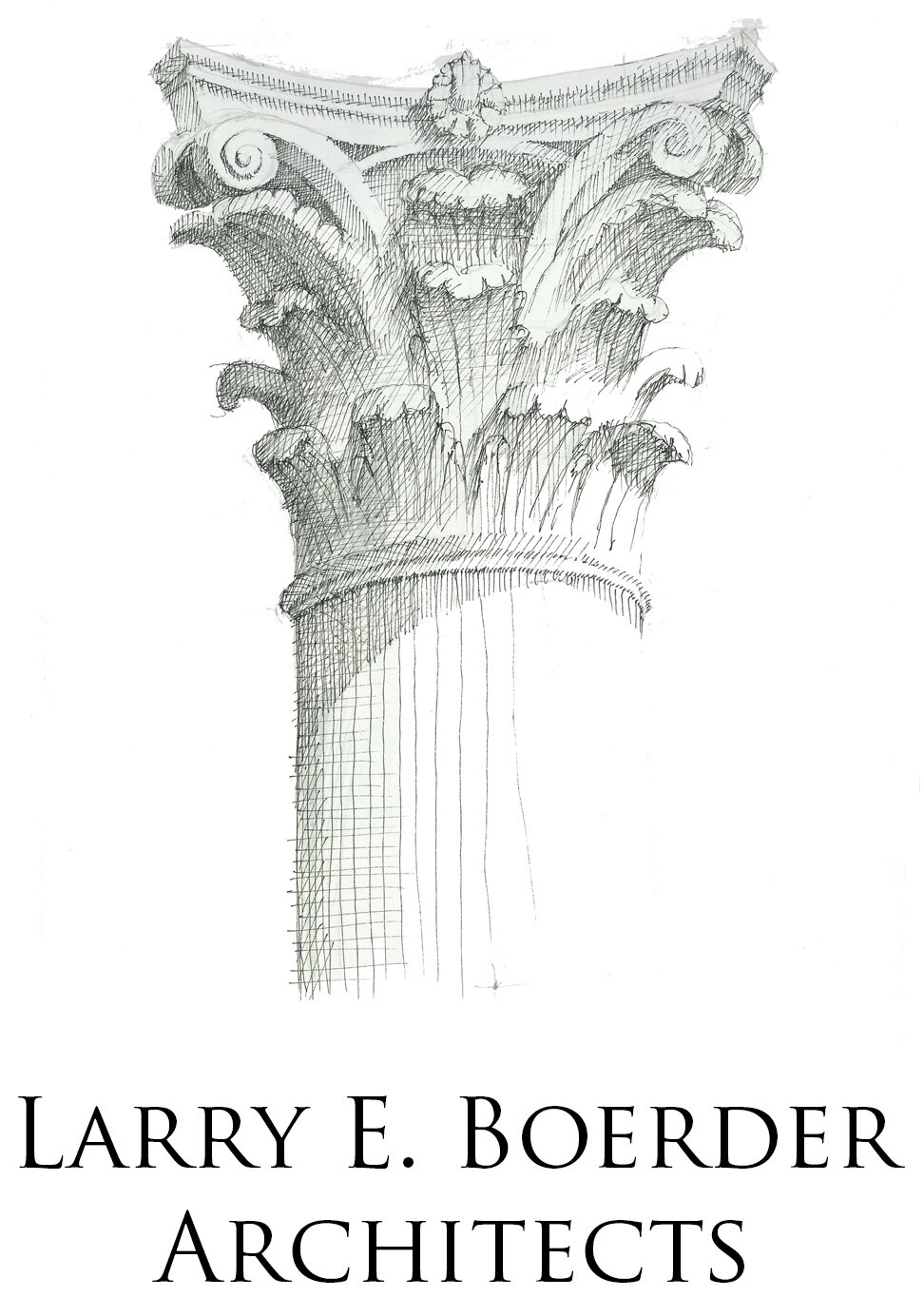Five Architectural Trends for the Post-Covid World
In the past year, Covid-19 has not simply altered our lifestyles and occupations; the virus’s rippling effects have also changed the way we live and function within the home. Consequently, changes in residential design, which normally might take decades to become vogue, have radically caught on in the space of a year. Below are five residential trends which I have seen emerge from the pandemic.
1. The move to rural and suburban (+) living
This is the number one phenomenon that will define the domestic experience of the next two generations. Those in the know have for some years contemplated the possibilities of a Renaissance of extra urban living. This was to be possible due to the introduction of shared, self-driving personal transportation. Covid-19, however, deleted the need for that step entirely. One of the early phenomena when the virus first struck in March 2020 was that well-heeled city dwellers relocated to rural Air BnBs or second homes in the countryside. Whilst the virus did not turn cities into an apocalyptic hell-scape a la the film 28 Days Later, most of these new country bumpkins found watering the vegetable patch in between zoom calls a restorative and healing experience. When contrasted with the old corporate world of miserable commutes, open plan offices, and toxic workplace politics it is not surprising that few employees were lining up to return to their plastic laminate desks. Considering the real savings offered to employers, in requiring less commercial office space, it seems as if WFH is here to stay.
What this means is that for the first time since the industrial revolution, families are not physically tied to the location of their employment. When combined with rising low-level crime and disorder in many of our great cities, the move to suburban (+) and rural living proves highly appealing.
2. More Space
This key trend is inextricably linked to the increasing urban exodus mentioned above. With fewer constraints in respect of preexisting housing stock alongside the cost of urban and prime suburban land, it was always to be expected that families would seek to expand the size of their homesteads. Covid-19 created a need for more space. With the seismic shift towards working from home, suddenly families required homes to become both office and domestic space. A professional couple may now need a study each. Add in a single guest room and your looking at a couple with no children suddenly requiring a four-bedroom property. Let us also not forget the impact that Covid-19 has had on the need for non-professional space. The closure of gyms, mask mandates, and the boom in subscription-based exercise services ( Peloton, Sweat, and the like) have led to the home gym morphing from a luxury home accessory to an essential amenity. This again ties into the move to rural and suburban living where commercial gym facilities may be limited or nonexistent. By building it ‘at-home’, families can increasingly “have it all.”
3. Return of the traditional home layout
In the nineties and early 00’s, open plan living was king. Kitchens opened on to family rooms and flowed into dining spaces. Increasingly, dining rooms disappeared, and formal living rooms became a thing of the past. Now with families likely to spend far more time at home, a need for a more “sectioned off” floor plan helps create the division between private and professional life. Combine this with a growth over the last year with domestic entertaining, the formal dining room may well be set to make a return.
Furthermore, let us also not forget that the well-stocked pantry and larder was one of the ultimate Covid-19 accessories. If the current trend for domestic dining and self-reliance continues these once forgotten spaces may well return.
4. Outdoor living
The pandemic taught us many things. One of them being that parties, drinks, and dinner outside in both the height of summer and depth of winter were not only possible (with modern heating and cooling devices) but also rather fun. Combined with an enthusiasm for home smoked briskets and wood-fired pizzas, outdoor space may well come to be an integral part of the home.
5 Wrapping/ Packaging Mail Rooms
Although we now know that the virus is not necessarily spread through the post, at the onset of the pandemic many people stored, opened, and rewrapped deliveries and purchases within a specific part of the home to avoid contamination. The necessity of this specially dedicated area became heightened when deliveries became almost the only way to receive goods during the various global lockdowns. Consequently, the habit of keeping and storing mail in a special area within the home has certainly caught on. No longer does the influx of mail need to transform the dining room or living room. Instead, we are consistently now asked to include in our floorplans a small room in which to not only keep packages and packing materials but also gift wrap. Usually no more than the size of a large closet, the space functions almost as a mudroom for the mail. Here things can be unpacked and quickly repacked if returning. Presents can also be stored and wrapped. Rather than climbing into the attic to retrieve that holiday giftwrap, the mail/ packaging room has become the place to store all manner of packing essentials.





